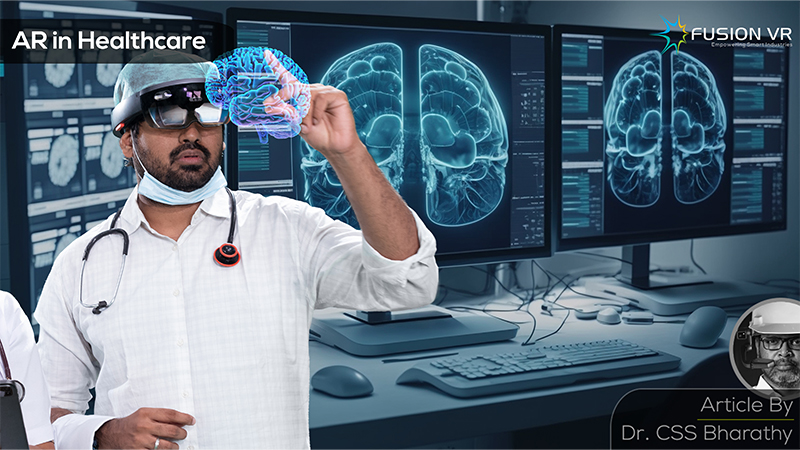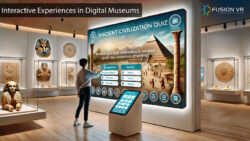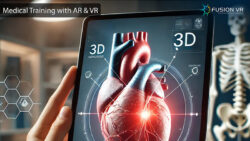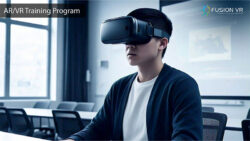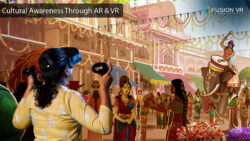The COVID-19 pandemic has opened everyone’s eyes towards the use of various technologies in the medical field, and it has helped improve the delivery and outcomes of medical care across the world. One of the most promising technologies that have captivated the imagination of the medical fraternity is Augmented Reality. This begs the question, why? Augmented reality is quite useful in helping deliver higher quality healthcare with everyday devices such as smartphones and tablets.
This is helping the widespread adoption of augmented reality across hospitals and other healthcare facilities by doctors, nurses, technicians and other medical professionals. Augmented reality in healthcare will be a major game changer in the future, both here in India and elsewhere in the world. Let’s begin to explore augmented reality for healthcare.
First up in the applications for augmented reality is in the field of medical education and training. While medical education happens in an academic setting, medical training happens in a healthcare facility setting. Both applications are meaningful in their objective of developing high-quality healthcare professionals. AR helps in making complex information understood in a simpler manner, communicates concepts clearly, enables more accurate visualisation and maximises retention of learnings.
Students belonging to the digital generation relate more easily to digital representations than using traditional methods of learning using textbooks, 2D drawings, physical models and lectures. Augmented reality is deploying recent advances in the understanding of how we perceive, experience and learn in creating solutions that deliver better learning outcomes.
Next is the use of augmented reality in the area of medical training. The opportunity to witness, learn and perform a wide variety of medical procedures takes several years. That is because hospitals don’t receive all kinds of patients at all times and do not have all the people at those times. Learning is scattered, and they often rely on specialists to guide other medical personnel.
This is a serious challenge, as inexperienced personnel can perform mistakes which could affect patients for the rest of their lives. Fortunately, Augmented reality enables healthcare personnel to learn these procedures through AR simulators, test themselves, obtain feedback on accuracy and improve their skills in performing those procedures. The learning is gamified to achieve varying degrees of competency.
By far, the most complex and highly valuable area of use is surgical planning. There are many personnel involved in surgery, such as doctors, surgeons, anesthesiologists and nursing staff. Each has an important role to play, and any mistakes can affect the outcome of a surgical procedure. AR helps to develop proper planning, review and simulation of the surgical procedure to ensure everyone has a clear understanding of their actions and the coordinated manner of execution.
Complex surgeries on the spine are planned to perfection and executed flawlessly. AR-enabled pre-surgery preparation helps to inform and educate the patient and is also performed with the aid of AR solutions. The visualisation of the patient’s anatomy is so advanced that it can pinpoint how the surgery is being planned and performed. This puts the patient at ease and avoids unnecessary stress and anxiety on the patient.
It’s quite interesting to see how these use cases carry the ability to transform medical practice with the assistance of augmented reality healthcare companies. AR for healthcare is truly transformative and is helping to bridge the knowledge gap between learning and practice. A great alignment between academia and industry is making these solutions accessible to all.

